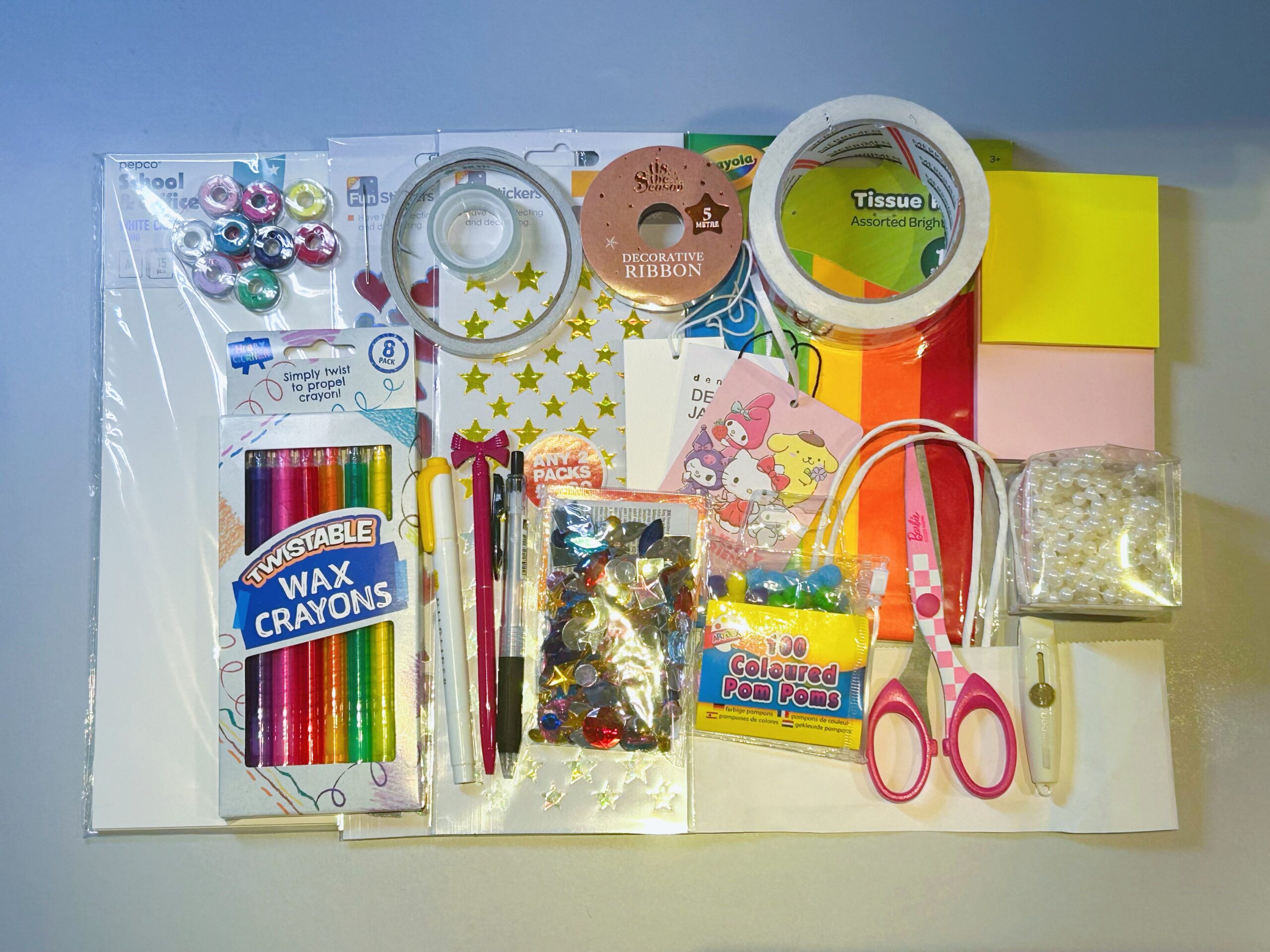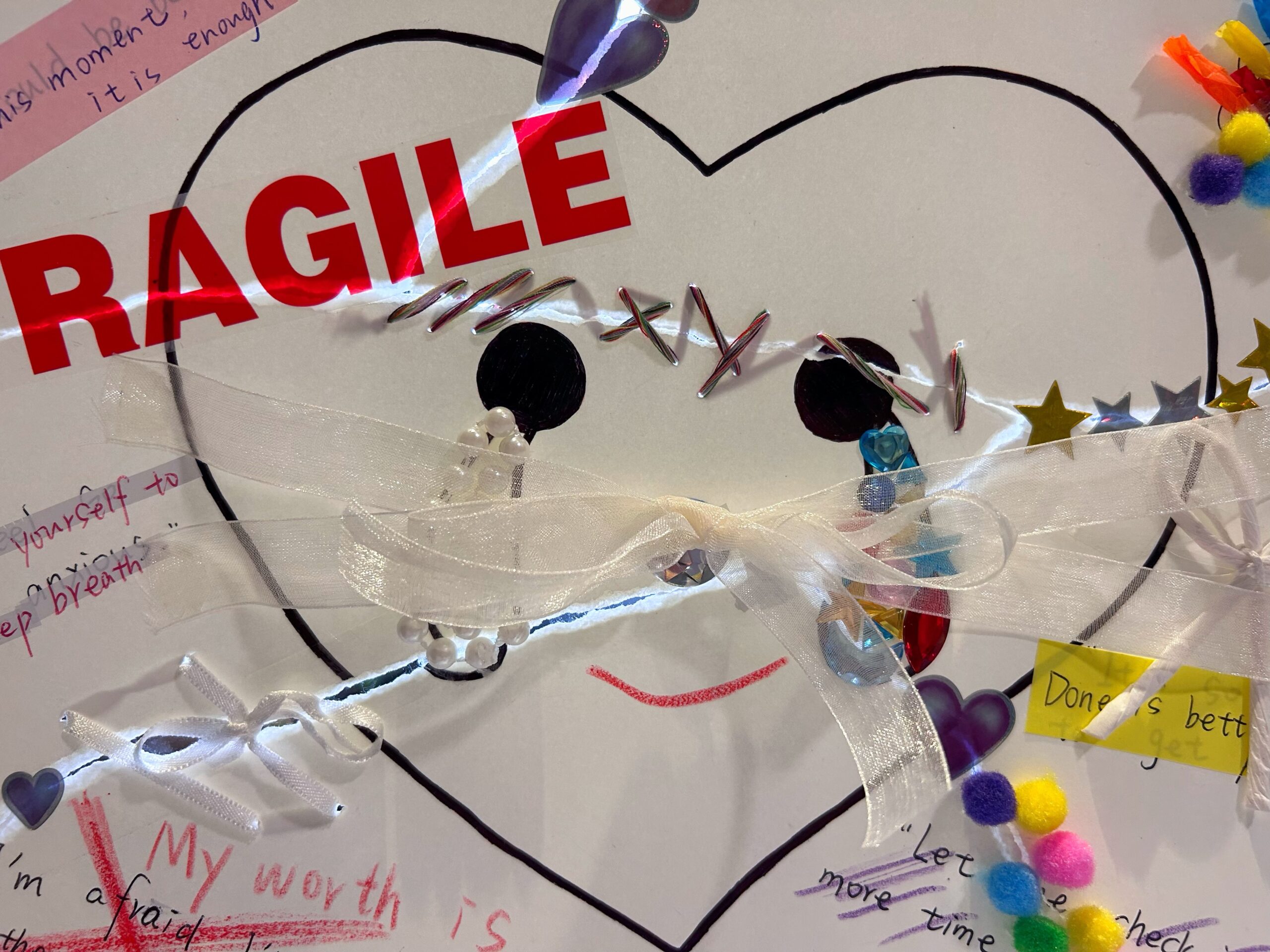Making Peace with Imperfection: An Artistic Experience of Embracing Your Cracks
![{"data":{"playId":"","imageEffectId":"","pictureId":"22618832-0FD0-4FCA-B0F2-5D3E99045D1A","stickerId":"","appversion":"13.4.0","filterId":"","effect_id":"edit","effect_type":"tool","enter_from":"enter_launch","infoStickerId":"","capability_extra_v2":{"graffiti":[{"panel":"color_graffiti_pen"}],"edit":[{"panel":"hd_quality_picture"},{"panel":"composition"}]},"alias":"gVCGO6N2qfVcP6SXCtm7b5M8SRvx8cYbRv1q/PZF5sd5XRPxrkzs9g2A+kX/OIX1H3fkieieBMOG4Mqvywj2oVv67SGRPNIz4uozEAWgNqal+F0T5VmE9P6EkmB47s4B5qpW31thaFcgPSp79EZwSJMQHuJ+jHnlNN+gdUnH/S5AFHqoR9EImBje06yk71HYPx7GhcW77S4CU3Sh4Fykzi+SrNpsZsB3N0sxaRpuZRPxfgAnLqcnYmPRKfHFVnkoWv4EdwVVj6LF0AW6MsPjC83+3MXRMEXi585NTF9fblnxU4NvlI/hLqYIaG/pNrdeZdFBd+oiDS6IBw6GDrabWA==","os":"ios","activityName":"","product":"retouch","capability_key":["edit","graffiti"]},"source_type":"douyin_beauty_me"} This is a warm painting. Above it reads “Embrace your imperfect self .“ In the picture, a smiling self drawn by solid lines is tightly embracing another "imperfect" self outlined by dotted lines, with thoughts, graffiti, and mend marks on its body. The core message it conveys is: true completeness comes from accepting all of our seemingly chaotic and incomplete parts.](https://blogs.ed.ac.uk/opentoolkits/wp-content/uploads/sites/8719/2025/11/Embrace-your-imperfect-self-scaled.jpg)
Summary
This is a 20-minute conversation with yourself. By performing the two core actions of “tearing” and “mending” with their own hands, learners will experience how to turn the anxiety of perfectionism into a creative acceptance of imperfection. The goal is not to create perfect art, but to embrace a more complete version of yourself. It aims to help learners personally experience that the flaws and scars we fear are precisely the most genuine and powerful unique imprints in life.
Dear friend,
Welcome to this corner of courage and authenticity.
Perhaps you have been trapped by the idea of “must be perfect” for a long time, consuming your inner energy and leaving you without the courage to start so many things; Or maybe you’re just curious about self-exploration. No matter who you are, welcome to join this short journey.
For the next 20 minutes, I invite you to put down that heavy burden of “having to be perfect.” Here, there is no judgment, no standard answer, and no art experience is needed. All you need is a willingness to try and the gentle courage to be kind to yourself.
We will experience together from creation, to bravely tearing, and then to mending with tenderness and purpose. You will find that cracks are not the end, they are where the light begins to enter. And mending isn’t about hiding, but about weaving your story uniquely into the fabric of your life.
This is not an art class. It is a gentle conversation with yourself. Whatever feelings you bring here today, please trust this: all of your feelings are valid, and anything you create is worthy of appreciation. You are already enough, exactly as you are.
Now, find a comfortable position, and let’s begin this journey of Making Peace with Imperfection.
Preparation before starting:

1. Find a quiet and undisturbed corner. Come with an open mind, without expecting a specific result.
2. Prepare some creative materials:
-
-
-
- A piece of white paper (or any colour or type you like)
- Drawing tools (a pencil, pen, or crayons)
- Basic tools (like scissors, tape, or a needle)
- “Mending” materials (anything that inspires you: tape, thread, stickers, fabric; Or even everyday items like old tags or magazine pages)
-
-
3. A smartphone or computer (optional, but helpful): You can use it to follow the guide, listen to audio, or take a picture of your final work.
( Don’t worry if you don’t have all the materials. You can also create digitally or simply do this exercise in your imagination.)
Part 1: Enter the situation (about 3 minutes)
Now, let’s take a moment.
Gently close your eyes.
You might recall a small moment of regret, or a little thing you feel is not “good enough” about yourself;
Or a “small flaw” that you always want to hide.
It doesn’t have to be a big deal, and any feeling that comes up is worthy of your attention.
Then, carrying this feeling with you, slowly open your eyes.
Tip: Playing some calm music can help you settle into the experience.
Part 2: Create and release (about 10 minutes)
Step 1: Just Draw (3 minutes)

Now, please pick up your pen and express the emotions you just felt on paper using any lines, shapes, or patterns.
It can be a concrete thing or just some abstract traces.
Please trust your hands.
Whatever you draw, it’s the most authentic version of you at this moment.
Step 2: Gently Tear (1 minute)

Pick up your drawing and hold it gently.
Take some time and thank it for carrying your expression.
Then, when you’re ready, take a breath and tear it.
Notice whatever emotion comes up, and allow it to be.
Step 3: Creative Mend (7 minutes)

Use the materials you have prepared to reassemble and repair the work in any way you want.
You can use tape to bond on the surface;
Sew the fragments together with needle and thread;
Or cover the cracks with stickers.
Of course, you are encouraged to create your own unique way.
Let’s begin mending.
Please remember, our goal is not to restore it to its original state, but to give new meaning and beauty to these cracks.

Why not hold your mended work up to the light? You might gain a fresh perspective.
Part 3: Self awareness and emotional connection (about 6 minutes)
1. Listen to your heart (4 minutes):
Quietly watch your mended work, and then gently ask yourself (you can choose 1-2 questions that touch you the most):
How did my feelings change between the tearing and the mending?
What’s one small detail in this work that surprises me?
If a “perfect” work symbolizes “flawless”, then what kind of “completeness” is this mended work telling me?
What part of my life does this experience remind me of? (for example, how I handle tasks, connect with others, or treat myself).
What different perspectives or attitudes did this experience bring me? How will I bring the wisdom of this repair into my future life?
At this moment, the most I want to say to myself is: _______________________.
2. Share your story (2 minutes)
Take a photo of your unique work.
You can choose to share your feelings with trusted family or friends and let them witness your courage.
If you don’t want to share it temporarily, please keep the photos in your private album as a tribute to yourself about courage and growth.
At this point in your journey, you have created something unique: a mended work of art, and a heart that knows a little better how to be gentle with itself. Thank you for your courage and sincerity today. Hope you carry this wisdom of making peace with imperfection into your everyday life. May you live a whole and authentic life, in your own rhythm.
<a href=”s2633670@ed.ac.uk/opentoolkits/URL”>Making Peace with Imperfection</a> © 2025 by <a href=”571805579@qq.com”>Siyu Su</a> is licensed under <a href=”https://creativecommons.org/licenses/by/4.0/”>CC BY 4.0</a><img src=”https://mirrors.creativecommons.org/presskit/icons/cc.svg” alt=”” style=”max-width: 1em;max-height:1em;margin-left: .2em;”><img src=”https://mirrors.creativecommons.org/presskit/icons/by.svg” alt=”” style=”max-width: 1em;max-height:1em;margin-left: .2em;”>


